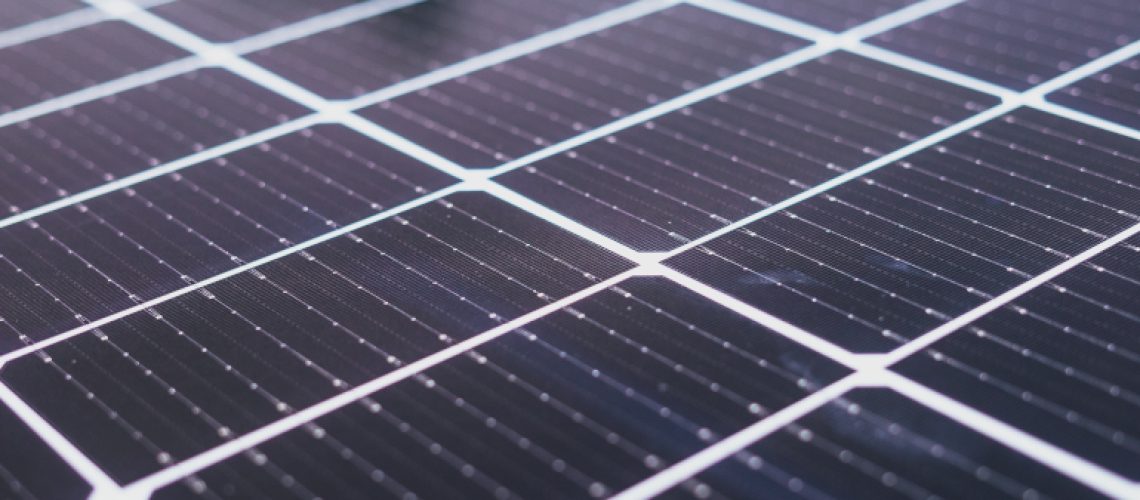The California Public Utilities Commission (CPUC) released a new proposed decision on November 8 regulating how solar is used and credited on multimeter properties. CALSSA says the new proposal would still make solar unaffordable for California schools, farms, apartment buildings and businesses with multiple tenants.
A vote by the CPUC on the proposal is scheduled for November 16, following multiple delays. A coalition of advocates and solar consumers are pressing for more changes in advance of the vote this week.
“California should be in the golden age of solar,” said CALSSA executive director Bernadette Del Chiaro. “But our state’s regulators — backed by powerful utilities that fear solar competition — seem intent on halting California’s clean energy progress. We are already seeing notable job loss and small business closures from last year’s attack on solar for single-family homes, which will knock the state off track for meeting clean energy goals needed to fight climate change. Now the CPUC is doing even more damage, kicking an industry while it’s down, by putting solar out of reach for schools, farms, small businesses and apartments that want to save money and do their part for the environment.”
At issue are proposed changes to the Virtual Net Energy Metering (VNEM) and Net Energy Metering Aggregation (NEMA) programs. The programs let properties with multiple electric meters install a solar system for the entire property, sharing one solar system’s electricity and net metering credits with all customers and meters on that property, including for shared energy needs such as EV charging. This brings the benefits of going solar to many types of consumers who otherwise would not benefit from Net Energy Metering (NEM), the program that makes solar more affordable by crediting consumers with solar systems for the excess energy they produce and share back with the energy grid.
Last December the CPUC drastically reduced the value of solar credits for single-family homes under the so-called “NEM-3” decision. The CPUC’s original proposed changes to VNEM and NEMA, issued earlier this summer, went even further by denying multiple-meter properties the ability to consume the energy that they produce on-site. Instead, the proposal would force these consumers to buy their own solar electricity from the utility at full retail prices, even when using the energy directly in real time. The end result would essentially eliminate the incentive to install rooftop solar at apartments, farms, schools and small businesses.
Farm, schools and small businesses with multiple meters are still left out from the benefits of going solar in the CPUC’s revised proposed decision released on Wednesday, which made no changes to the previous proposal regarding those types of properties.
The revised proposal does take a step forward relative to the original one by allowing net energy metering for residential meters in apartment complexes. However, the meters in common areas of apartments would not be able to participate under the new proposal. That removes a big motivation for apartment owners to install solar in order to decrease costs for hallway lighting, outdoor lighting, office equipment, elevators and shared resources like pools, laundry, exercise facilities and EV charging stations. If it is not cost effective for apartment owners to install solar, individual tenants cannot benefit either. In addition, making it difficult for apartment complexes to power EV chargers with solar would result in fewer EV chargers getting installed for tenants.
Solar supporters and consumers, including tenant rights advocates, housing developers, farmers and school leaders from around the state have called attention to the harmful impacts of the CPUC’s proposal in terms of keeping solar affordable for all types of consumers and advancing clean energy as part of California’s fight against climate change.
“This proposal weakens the economic incentives for solar adoption in multi-family housing by stripping away the cost savings for the building owner,” said Gary DeLong, VP of the California Rental Housing Association. “Consequently, it hinders the transition to electric-powered buildings by blocking the use of on-site solar energy to adequately offset costs associated with electric vehicle charging and other electrification retrofits.”
Hundreds of organizations and businesses representing clean energy and renters’ rights advocates, affordable housing, farms, and schools—as well more than 135 local elected officials— are calling on the California Public Utilities Commission (CPUC) to reject proposals that make it nearly impossible for their constituencies to benefit from rooftop solar and battery storage.
“Schools rely on Net Energy Metering Aggregation for affordable, reliable power in the face of rate hikes and frequent Public Safety Power Shut Offs which otherwise force us to reduce funding for direct services to students, or to shut down schools interrupting education, food distribution, emergency shelters and other critical services,” said Nancy Chaires Espinoza, executive director of the School Energy Coalition. “Schools want to help our state meet its climate goals and to comply with new mandates, but we cannot install rooftop solar on school sites, convert district vehicle and bus fleets to electric vehicles, and install charging infrastructure in parking lots without any financial benefit to help us finance these significant investments.”
News item from CALSSA



